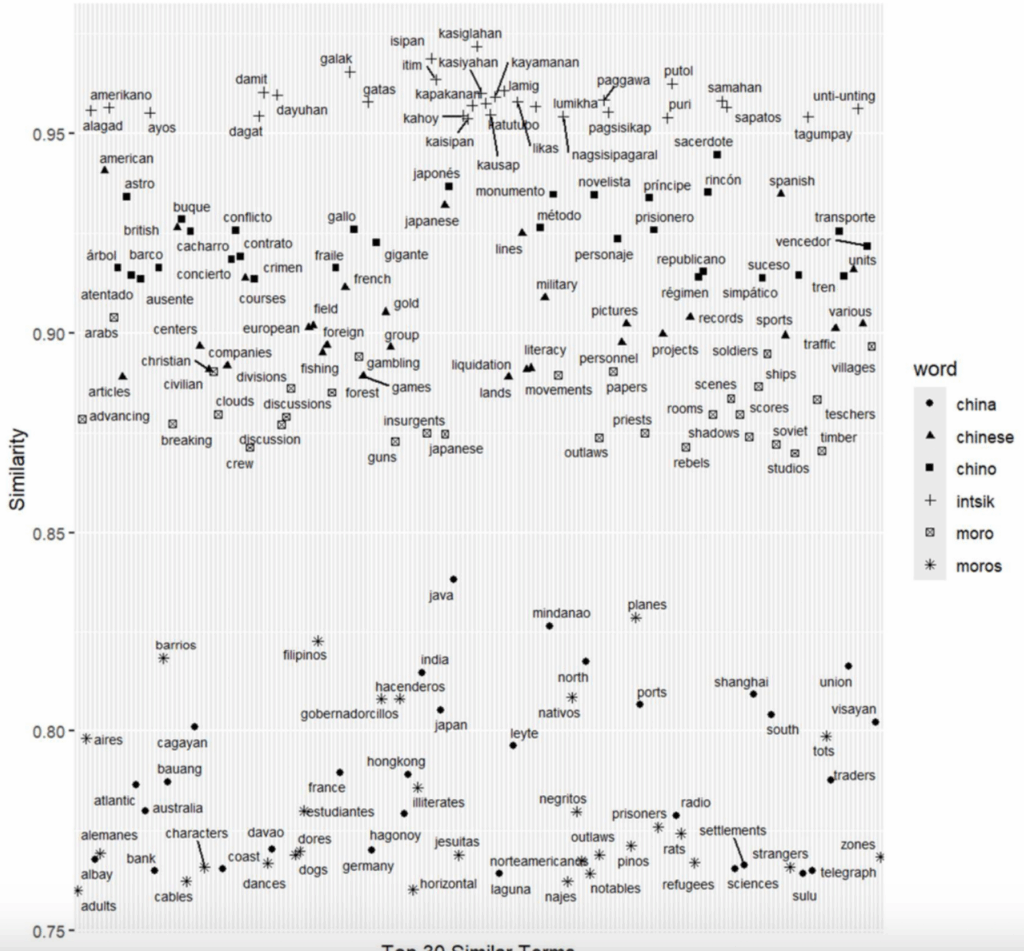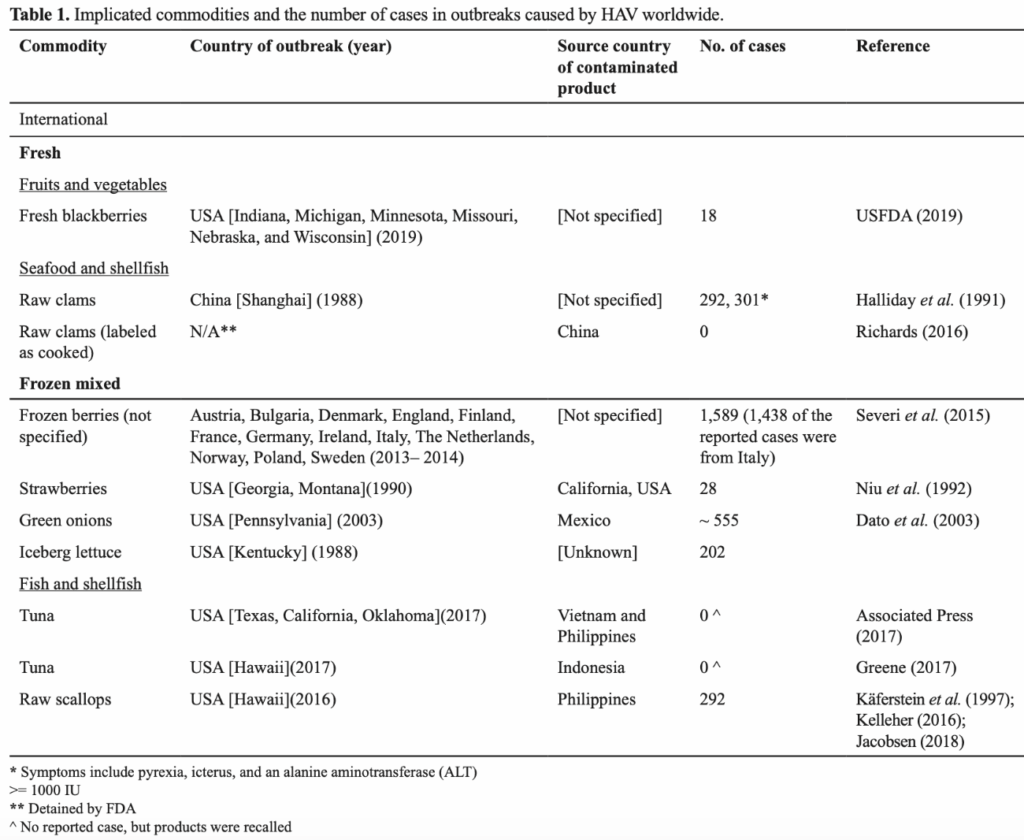Research
As the national university, we champion and support innovative research that addresses the country’s most pressing challenges.
23 Sep 2025
Economic reasons are a significant factor why microentrepreneurs remain in flood-prone areas
The number of establishments (89% of the total establishments in the Philippines) and people employed by micro enterprises makes it...
Read More04 Sep 2025
What does queerness mean to a young Filipino student in another Southeast Asian country? A novel’s chapter explores it.
In the chapter “New Boy”, Pau, a Filipino exchange student from Tagum City, attends classes in photography and Thai arts...
Read More03 Sep 2025
In the Philippines, we share a long-standing connection with pigs both archaeologically and culturally
Pigs play a very significant role in our society. They are not only seen as a food source but also...
Read More02 Sep 2025
Media representations of the minority groups of Moros and Chinese served colonial goals
Nation-building remains an important post-colonial project in the Philippines, as evidenced by the continued relevance of the mandatory Rizal courses,...
Read More29 Aug 2025
Smoking is a core part of the identity and community life of agricultural workers
Smoking is considered a serious health threat, particularly in the context of the coronavirus disease 2019 (COVID-19) pandemic. Several studies...
Read More28 Aug 2025
PH reproductive health law needs to better address contraceptive access for lower-income women
The implementation of the Responsible Parenthood and Reproductive Health Law represents a major policy shift aimed at increasing access to...
Read More27 Aug 2025
Despite centuries of stigma, babywearing survives as a marginalized practice turned into a trend
For centuries, Indigenous communities in the Philippines and around the world have used baby carriers and slings to help them...
Read More13 Aug 2025
Food safety risk assessment will help the Philippines manage shellfish-related hepatitis A virus health risks
This study gathered information to establish baseline data on the potential risks of the hepatitis A virus (HAV) in the...
Read More08 Jul 2025
Deep learning with convolutional neural networks to assess rice plant diseases performs very well
As with many Asian countries, rice is a principal food in the Philippines providing nearly half of the daily caloric...
Read More07 Jul 2025
Nurse-led eHealth cardiac rehabilitation helps patients transition to home life
This research looks at how people with coronary heart disease (CHD) view a nurse-led eHealth cardiac rehabilitation (NeCR) program. The...
Read More04 Jul 2025
Food safety risk assessment is a practical and effective way to evaluate the safety of locally consumed shellfish
This study gathered information to establish baseline information on the potential risks of the Hepatitis A Virus (HAV) in the...
Read More01 Jul 2025
Regional unity in ASEAN can grow through shared values like religiosity, humanitarianism and cultural expression
This paper explores how ASEAN identity among Southeast Asia countries can be realized by applying the concepts of “shared cultural...
Read More











